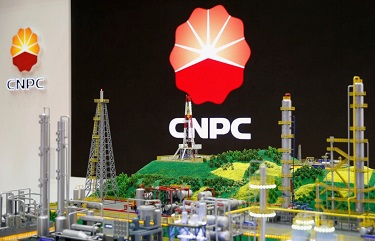At TEIF 2025, Wu Dawei, Vice President of China National Petroleum Corporation (CNPC), delivered a speech emphasizing the strategic importance of Turkmenistan as a key hub in the Eurasian energy landscape and a vital natural gas supplier to China, Europe, and neighboring countries.
Turkmenistan’s pivotal role in global energy markets is underscored by its robust natural gas exports. Each year, over 30 billion cubic meters of natural gas flow through the Trans-Asian pipeline, providing energy to more than 300 million people across over 20 provinces in China.
According to CNPC, as of March 2025, the cumulative natural gas trade volume between Turkmenistan and China has reached 430 billion cubic meters—equivalent to China’s entire annual gas consumption.
Since 2007, CNPC’s operations in the Bagtyyarlyk area have driven highly efficient development, maintaining a stable annual production of 14 billion cubic meters of natural gas. This project has not only bolstered energy security but also transformed the region into a beacon of economic opportunity.
The Bagtyyarlyk area has created 22,000 local jobs. The the Bagtyyarlyk area is transformed into a community of opportunity and a land of prosperity. The successful energy cooperation underscores the strength of Sino-Turkmen bond, contributing to the economic development and the improvement of livelihood in both countries.
Wu Dawei emphasized that the energy cooperation between China and Turkmenistan is strategic, long-term, and open to collaboration with all interested parties. He expressed deep gratitude to the President of Turkmenistan, the government, and the Turkmengaz State Concern for their unwavering commitment and robust support to Sino-Turkmen energy cooperation.
As the largest gas producer in Central Asia, Turkmenistan “will surely play a more prominent role to supplies green and reliable energy to China and neighboring countries for decades to come”, said Wu.
Wu Dawei highlighted CNPC’s commitment to expanding cooperation with Turkmengaz and global partners in both conventional and renewable energy sectors, aiming for broader and deeper collaboration to meet future energy demands sustainably.///nCa, 23 April 2025
